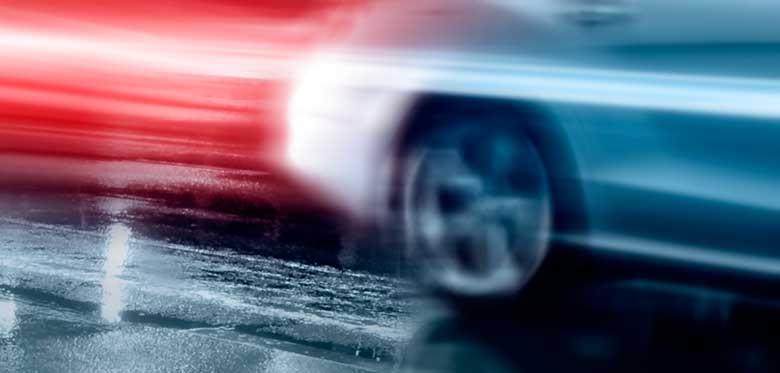Daylight saving hours come to an end on Sunday 27th October 2019. This means darker mornings and evenings. What impact can this have on road conditions and how can you prepare?
This Sunday brings an end to daylight saving hours, the clocks go back an hour meaning that your commute will soon be in the dark.
According to analysis of police data from 2012-2018 in the two weeks after the clocks go back one hour there are an average of 278 more personal injury collisions than in the two weeks previous. This data also shows that three quarters of the extra collisions occur in afternoons, which are darker after the clock change.
The dark weather means that as a motorist, pedestrian or cyclist you are less likely to be visible to other road users. The AA warn that thousands of cars have faulty and defective lights which will present a greater hazard once the clocks change. Cars with blown bulbs are less noticeable in the dark evenings. It is much more difficult for road users to gauge how wide cars with blown bulbs are, they can also easily be mistaken for motorbikes.
A simple check of your vehicle’s lights, before the darker afternoons could help you become more visible to other road user and negate the risk of any accidents.
How can you prepare yourself and your car for the dark afternoons, evenings and mornings ahead?
- Check your vehicles lights before starting any journeys. Do daily walks around to check all lights are working and use a wall of garage door to check the rear lights, if you are on your own
- If you are a pedestrian or a cyclist wearing reflective clothing will help make you more visible to road users
- Allow more time for your journey so that you are not driving under pressure
- Drive on roads which have good light whenever possible
Of course, darker nights mean that winter is coming and with it brings hazardous road conditions, combining this with the darker nights and it could be a lethal cocktail for road users and pedestrians. It is therefore essential that you act now to best prepare your vehicle.
By Melissa Tickle, personal injury department



Comments